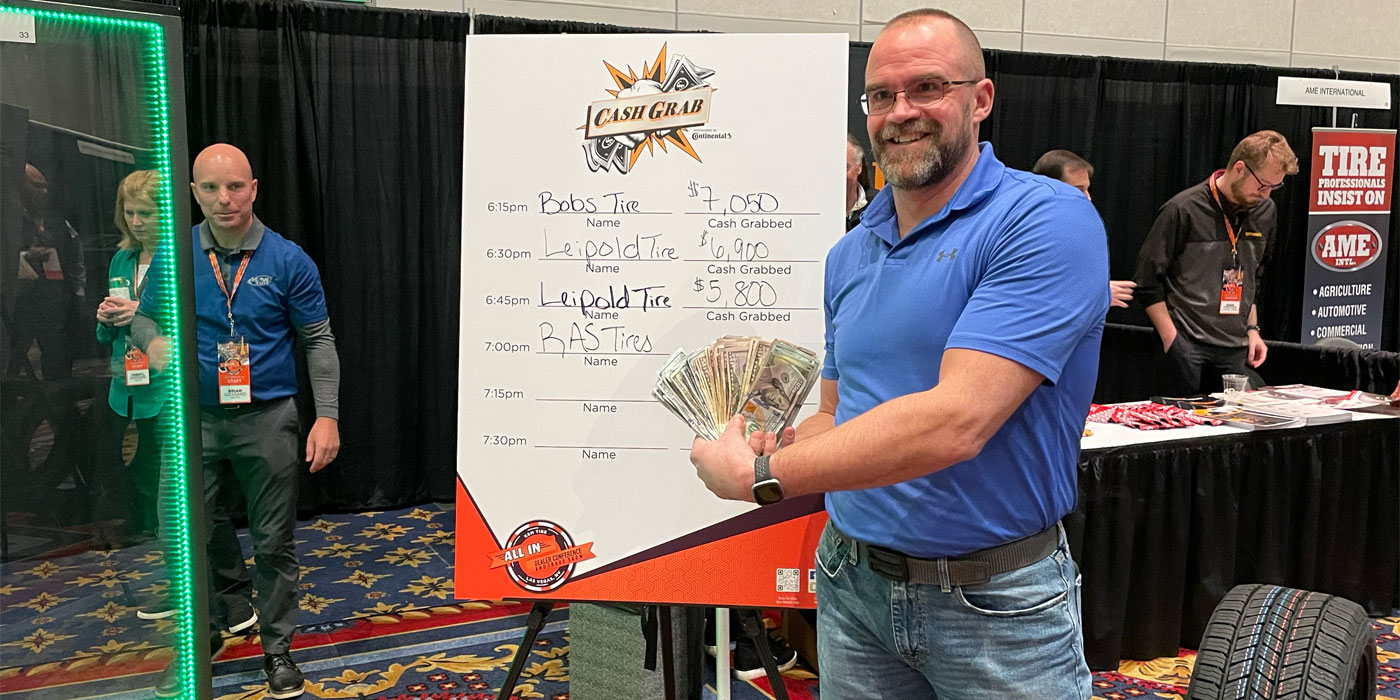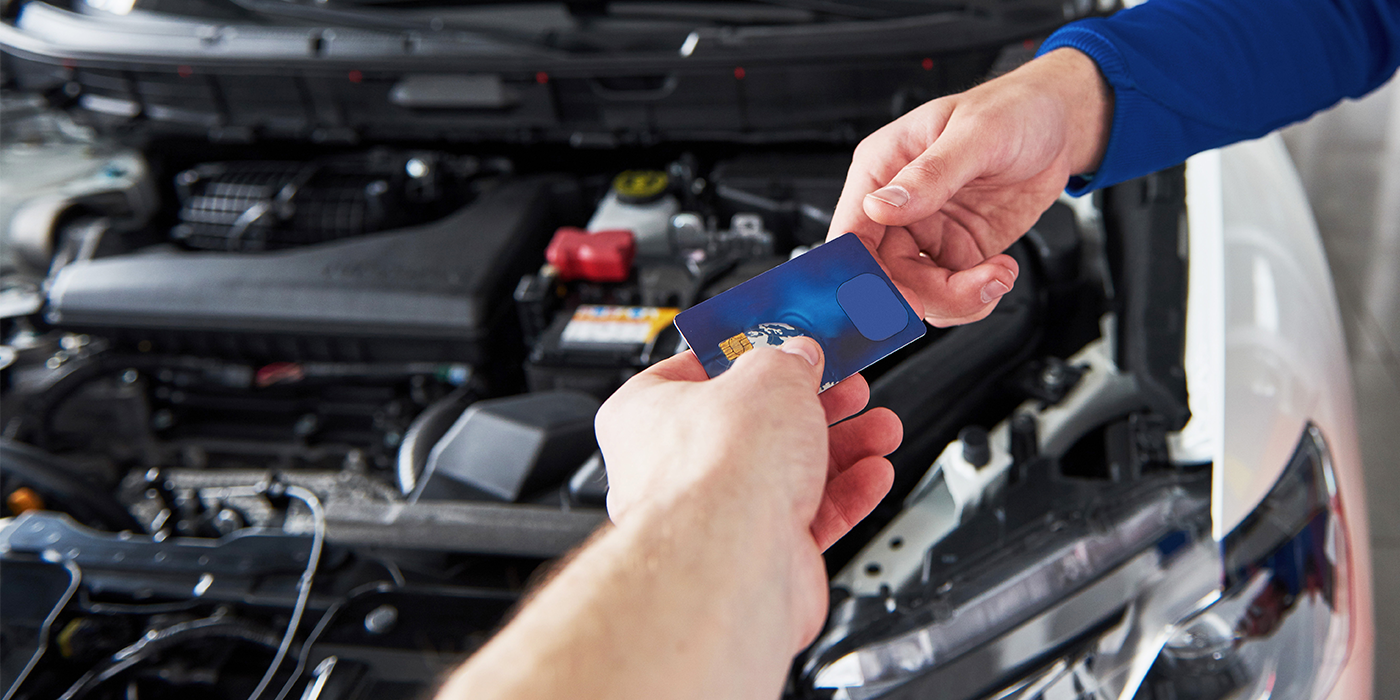Bottom line got you down?
Well, start looking up. When reviewing financial statements, the eyes of most independent tire dealers go straight to the bottom line, says Jack Phillips, vice president of credit and financial services for American Tire Distributors in Charlotte, N.C. And that’s a big mistake.
Why? Because looking only at the bottom line will deprive you of other vital financial information that you need to know as a business owner, says Phillips.
For example, do you know how much working capital you have? Do you know how much money you have tied up in inventory®ƒin receivables? If not, it’s time to take another long look at that P&L.
The most misunderstood financial concept among tire dealers is business equity, according to Phillips. “Most run their businesses on a shoestring,” he says. ®If they inherit the business, they don’t have ‘sweat equity’ built up. And, if they have been working for someone else, they tend to borrow money that ties up their assets. Then, if the business gets in trouble, they have nowhere to turn.®
Dealers can avoid becoming a statistic by making sure they retain a portion of their earnings to support sales. Managing working capital is especially important for tire dealers because “99.9% of the tire business is undercapitalized,” Phillips contends. ®You can’t run a business if you don’t have equity to support it.®
“Working capital,” according to Phillips, is the excess of a company’s current assets over its current liabilities. ®Current assets® include cash, inventory and accounts receivable (unpaid customer invoices). ®Current liabilities® are debts that are due within a 12-month period, including accounts payable (bills owed to suppliers), long-term debt and taxes.
Dividing current liabilities into current assets reveals a “current ratio,” which can be used as a metric as the business grows. Phillips cautions dealers, however, not to put too much stock into ratios. ®A ratio by itself can be dangerous,® he says. As with the bottom line, there’s more to understanding the health of your business financials than a ratio.
“For example, a company may have a 4:1 ratio ®“ much higher than the normal desirable range of 1.65:1 and 2:1. That looks great, but once you start analyzing the financials, you may discover the company has zero cash in the business,” he says. ®Ratios are meant to offer a rule of thumb ®“ a ballpark.®
According to Phillips, accounts receivable and inventory are two critical components of working capital. He offers two metrics that tire dealers can use to monitor these components. First is “days invested in accounts receivable” ®“ accounts receivable divided by sales per day. Sales per day is determined by dividing net sales by 360. ®If this number is rising over a period of quarters or years, that means your business requires an increase in working capital,® he says.
Secondly, “days in inventory” measures how much cash is invested in inventory and therefore not in business operations. This metric is calculated by dividing ®inventory® into ®cost of goods sold (COGS) per day .® COGS per day is calculated by dividing COGS by 360, explains Phillips. ®If your daily COGS is $4,000, then a five-day increase in inventory investment would require an additional $20,000 in working capital support,® he says.
Phillips strongly advises tire dealers to take monthly inventory to calculate the true cost of sales. “Taking frequent inventory is one of the most critical tasks,” he says, because, as a general rule, a healthy business shouldn’t have cash tied up in obsolete inventory. Those dusty tires in your backroom aren’t just taking up valuable space; they’re also draining cash from your working capital.
Another aspect of the business that should be measured, according to Phillips, is employee productivity. He recommends dealers analyze sales per employee. “Develop a break-even point,” he suggests. ®How many sales dollars do they have to generate daily just to cover expenses?®
No matter how well one measures and maintains business financials, cash is still king at the end of the day.
“The next best thing to cash is accounts receivable,” says Phillips. ®After that, the next best thing is inventory. If dealers manage those three things ®“ cash, accounts receivable and inventory ®“ they’ll stay out of trouble.®













